Nurses play a vital role in caring for patients with acute confusion, ensuring that the nursing care plan is tailored to individual needs. The plan includes assessing and monitoring mental status, ensuring a safe environment, managing behavioral issues, and maintaining communication with the healthcare team and family. Use this nursing diagnosis guide to develop an effective acute confusion nursing care plan.
What is Confusion?
Confusion is a term nurses use often to represent a pattern of cognitive impairments. It is a behavior that indicates a disruption in cerebral metabolism. Acute confusion (delirium), or nowadays, an acute confusional state, can befall any age group and can evolve over a period of hours to days. Cognitive impairments in the aged person can take many forms. Impairment in one particular aspect of a person’s life, instrumental activities of daily living (ADLs), has been shown to be correlated with the presence of dementia and may be one of the early signs of cognitive changes. Altered mental status or disorientation can be caused by a variety of factors, such as an infection, a fluid or electrolyte imbalance, or a cerebrovascular accident (Haddad et al., 2019).
Factors that increase the risk for delirium and confusional states can be categorized into those that increase baseline vulnerability including underlying brain disease such as dementia, stroke, or Parkinson’s disease, and those that precipitate the disturbance like infection, sedatives, and immobility. The change is commonly caused by a medical condition, substance intoxication, or medication side effects.
Prompt diagnosis of delirium or confusion is challenging since the clinical picture and symptoms vary considerably. The main symptom of delirium in the current Diagnostic and Statistical Manual of Mental Disorders (DSM-5) is impaired awareness and attention, which can be accompanied by a disturbance in cognition (Zoremba & Coburn, 2019).
A person with dementia can experience acute confusion (delirium). Careful assessment is indicated to determine the prehospital function and deliberate with the family to perceive deterioration.
Causes
The pathophysiology of acute confusion or delirium is not fully understood, and it is likely no single etiology. Multiple theories describe the potential pathophysiologic causes of delirium, and any single case of delirium probably involves one or more of these theories in a complex and interconnected process (Echeverría, 2022). Factors and causes may include:
- Over 60 years of age
- Dementia
- Alcohol abuse, drug abuse
- Delirium
- Hepatic encephalopathy
- Hypercapnia
- Neurotransmitter abnormalities (acetylcholine, dopamine, serotonin, GABA)
- Surgical procedures
- Certain medications such as anticholinergics
Signs and Symptoms
A careful and complete physical examination including a mental status examination is necessary. Testing vital signs such as temperature, pulse, blood pressure, and respiration is mandatory. Healthcare providers depend on nursing notes or health records for identifying a fluctuating course, therefore, documentation of the signs and symptoms observed is essential (Alagiakrishnan & Xiong, 2019).
- Lack of motivation to initiate and/or follow through with goal-directed or purposeful behavior
- Fluctuation in psychomotor activity (tremors, body movement)
- Misperceptions
- Fluctuation in cognition
- Increased agitation or restlessness
- Fluctuation in the level of consciousness
- Fluctuation in the sleep-wake cycle
- Hallucinations (visual/auditory), illusions
- Impaired awareness and attention
- Disorientation
- Dysphasia, dysarthria
Goals and Outcomes
The nursing goals and outcomes for acute confusion aim to identify and treat the underlying cause of confusion, promote safety and prevent harm, optimize patient cognition and functional status, and educate patients and families about strategies to manage acute confusion.
- The client has diminished episodes of delirium.
- The client regains normal reality orientation and level of consciousness.
- The client verbalizes understanding of causative factors when known.
- The client initiates lifestyle/behavior changes to prevent or minimize the recurrence of the problem.
- The client demonstrates appropriate motor behavior.
- The client participates in activities of daily living (ADLs).
Nursing Diagnosis
After a thorough assessment, a nursing diagnosis is formulated to address acute confusion based on the nurse’s clinical judgment and the patient’s unique condition. While nursing diagnoses provide a framework for organizing care, their practical usefulness may vary. In real clinical settings, specific diagnostic labels might not be as prominently used as other care plan components. Ultimately, the nurse’s expertise shapes the care plan to meet each patient’s unique needs and priorities.
Here are some example nursing diagnosis statements for acute confusion:
- Acute Confusion related to decreased cerebral perfusion as evidenced by disorientation to time and place, impaired attention span, and fluctuating level of consciousness.
- Acute Confusion related to side effects of medications affecting neurotransmitter balance as evidenced by visual hallucinations, misperceptions, and impaired short-term memory.
- Acute Confusion related to sensory overload in an unfamiliar environment as evidenced by increased agitation, inability to recognize familiar people, and confusion during late afternoons (sundowning).
- Acute Confusion related to electrolyte imbalances affecting neuronal function as evidenced by impaired awareness, attention deficits, and altered sleep-wake cycles.
- Acute Confusion related to altered sensory perception due to substance intoxication as evidenced by hallucinations, hyperactivity, and disorganized thinking.
- Acute Confusion related to decreased glucose availability to the brain as evidenced by sudden onset of confusion, impaired judgment, and difficulty performing simple tasks.
- Acute Confusion related to metabolic disturbances from dehydration and nutritional deficits as evidenced by decreased level of consciousness, disorientation, and lethargy.
Nursing Assessment and Rationales
The nursing assessment for acute confusion involves gathering information on the patient’s cognitive function, medical history, medication use, and potential contributing factors to identify the underlying cause of confusion and develop an effective care plan.
1. Identify factors present, including substance abuse, seizure history, recent ECT therapy, episodes of fever/pain, presence of acute infection (especially urinary tract infection in older adult clients), exposure to toxic substances, traumatic events; change in environment, including unfamiliar noises, excessive visitors.
These baseline pieces of information assist in developing a specific plan. Almost any medical illness, intoxication, or medication can cause delirium or acute confusion. Often, it is multifactorial in etiology, therefore, each cause contributing to it must be assessed. Other causes may include postictal state and unfamiliar environments (Alagiakrishnan & Xiong, 2019).
2. Conduct an accurate mental status exam using available and reliable assessment tools.
The Confusion Assessment Method for the ICU (CAM-ICU) and the Intensive Care Delirium Screening Checklist (ICDSC) are two of the validated delirium screening tools for the intensive care unit. The CAM-ICU is the most reliable score for detecting delirium in the ICU. In addition to the Nursing Delirium Screening Scale (Nu-DESC), the 3D-CAM is a validated measurement tool for the general medical unit (Zoremba & Coburn, 2019).
3. Assess the client’s behavior and cognition systematically and continually throughout the day and night as appropriate.
Delirium always involves an acute change in mental status; therefore knowledge of the client’s baseline mental status is key in assessing delirium. Disturbance of the sleep-wake cycle with insomnia, daytime drowsiness, or disturbing dreams and nightmares can occur. Clients are often unable to remember why they are in the hospital or the events that occurred during the delirious period (Alagiakrishnan & Xiong, 2019).
4. Evaluate and report possible physiological changes (e.g., sepsis, hypoglycemia, hypotension, infection, changes in temperature, fluid and electrolyte imbalances, medications with known cognitive and psychotropic side effects).
Such changes may be contributing to confusion and must be corrected. When diagnosing delirium or acute confusion, it is essential to establish that the disorder is not due to other neurocognitive causes and that it cannot be explained by the pathophysiological effects of the physical disease (Zoremba & Coburn, 2019).
5. Closely monitor lab results. Monitor laboratory values, noting hypoxemia, electrolyte imbalances, BUN, creatinine, ammonia levels, serum glucose, signs of infection, and drug levels (include peak/trough as appropriate).
Once acute confusion has been recognized, it is necessary to identify and treat the associated underlying causes. Complete blood cell count with differential can be helpful in diagnosing infection and anemia. Glucose levels are assessed to diagnose hypoglycemia, diabetic ketoacidosis, and hyperosmolar nonketotic states. The calcium-binding protein S-100 B could be a serum marker of delirium. Higher levels are seen in clients with delirium when compared to clients without delirium (Alagiakrishnan & Xiong, 2019).
6. Determine current medications/drug use—especially antianxiety agents, barbiturates, lithium, methyldopa, disulfiram, cocaine, alcohol, amphetamines, hallucinogens, opiates (associated with a high risk of confusion)—and schedule of use as combinations increase risk of adverse reactions/interactions (e.g., cimetidine + antacid, digoxin + diuretics, antacid + propranolol).
Medication is one of the most critical modifiable factors that can cause delirium, especially the use of anticholinergics, antipsychotics, and hypnosedatives. Drugs are a common risk factor for delirium and acute confusion, and drug-induced delirium by medications is commonly seen in medical practice, especially in hospital settings. The risk of anticholinergic toxicity is greater in older adults, and the risk of inducing delirium by medications is high in frail, older adult clients and in those with dementia (Alagiakrishnan & Xiong, 2019).
7. Evaluate the extent of impairment in orientation, attention span, ability to follow directions, send/receive communication, and appropriateness of the response.
This should be done to determine the degree of impairment. Clients have difficulty sustaining attention, problems in orientation and short-term memory, poor insight, and impaired judgment. Impaired attention can be assessed with bedside tests that require sustained attention to a task that has not been memorized, such as reciting the days of the week or months of the year backward, counting backward from 20, or doing serial subtraction (Alagiakrishnan & Xiong, 2019).
8. Note the occurrence/timing of agitation, hallucinations, and violent behaviors. Assess for sundown syndrome.
This phenomenon associated with confusion occurs in late afternoons. The client exhibits increasing restlessness, agitation, and confusion. Sundowning may indicate sleep disorders, hunger, thirst, or unmet toileting needs. Sundowning may be triggered by the dimming light and a sense that it’s time to change activities or “go home”. Evening and darkness may also tap into fears of being unsafe and insecure (Goyer, 2022).
9. Determine whether the client is experiencing dementia or depression.
Confusion may be present in clients with depression, as well as those who have dementia or delirium. However, because confusion and cognitive difficulties in older adults are so often caused by dementia, care providers often attribute the client’s confusion to Alzheimer disease and assume that interventions would be useless. The Geriatric Depression Scale is especially useful in screening for depression in older adults. It requires minimal training to use and will help decide whether the client needs further assessment. See also 11 Geriatric Nursing Care Plans (Older Adult).
10. Assess the client’s level of consciousness. Ask the client to perform a three-step task.
A component of the Mini-Mental Status Examination, this assessment of a three-step task provides a baseline for subsequent assessments of a client’s confusion. A three-step task is complex and is a gross indicator of brain function. Because it requires attention, it can also test for delirium.
11. Assess for pain using a rating scale of 0-10.
Acute confusion can be a sign of pain. If the client is unable to use a scale, assess for behavioral cues such as grimacing, clenched fists, frowning, and hitting. Adequate pain treatment is absolutely crucial to the implementation of this multi-component treatment (Zoremba & Coburn, 2019). For more interventions related to pain assessment, visit Acute Pain Nursing Care Plan.
Nursing Interventions and Rationale
The nursing interventions for managing confusion and delirium aims to manage and treat the underlying cause of confusion, promote patient safety, optimize cognitive function, and educate patients and families on strategies to prevent or manage future episodes of acute confusion.
1. Assist with the treatment of underlying problems (e.g., drug intoxication/ substance abuse, infectious process, hypoxemia, biochemical imbalances, nutritional deficits, pain management).
Assisting with the treatment of the underlying problem is important to maximize the level of function and prevent further deterioration. When delirium is diagnosed or suspected, the underlying causes should be sought and treated. Despite every effort, no cause for delirium can be found in a small percentage of clients. Delirium management includes supportive therapy and pharmacological management (Alagiakrishnan & Xiong, 2019).
2. Orient the client to surroundings, staff, and necessary activities as needed. Present reality concisely and briefly.
Increased orientation ensures a greater degree of safety for the client. For most clients, a stay in the hospital is a considerable disruption to their normal way of life (Zoremba & Coburn, 2019). They find themselves in a strange environment, which can result in markedly impaired orientation. Reorientation techniques or memory cues such as calendars, clocks, and family photos may be helpful (Alagiakrishnan & Xiong, 2019).
3. Modulate sensory exposure. Provide a calm environment; eliminate extraneous noise and stimuli.
Increased levels of visual and auditory stimulation can be misinterpreted by the confused client. The environment should be stable, quiet, and well-lighted. One study showed a reduction of sound during the night by using earplugs in the ICU setting decreased the risk of delirium by 53% and improved the self-reported sleep perception of the client for 48 hours (Alagiakrishnan & Xiong, 2019).
4. Encourage family/caregivers to participate in reorientation as well as provide ongoing input (e.g., current news and family happenings).
The confused client may not completely understand what is happening. The presence of family and significant others may enhance the client’s level of comfort. Family members and staff should explain proceedings at every opportunity, reinforce orientation, and reassure the client. Support from a familiar nurse and family should be encouraged (Alagiakrishnan & Xiong, 2019).
5. Give simple directions. Allow sufficient time for the client to respond, communicate, and make decisions.
This communication method can reduce anxiety experienced in a strange environment. It is a good general rule of respectful interaction to correct the client for mistakes or misunderstandings, however, the nurse should also remember to listen with interest and politeness. Listening will help the nurse determine the depth of confusion, ascertain the wisdom of trying to correct it, and discern that the client is making sense within a context not immediately evident (Haddad et al., 2019).
6. Avoid challenging illogical thinking—defensive reactions may result.
Challenges to the client’s thinking can be perceived as threatening and result in a defensive reaction. Respect requires that confused clients should always be treated kindly. Spoken correction or redirection should never be condescending but rather should reflect the gentle authority that gives the client a sense of security (Haddad et al., 2019).
7. Provide for safety needs (e.g., supervision, side rails, seizure precautions, placing call bell within reach, positioning needed items within reach/clearing traffic paths, ambulating with devices).
This is to prevent untoward incidents and to promote safety and prevent risk for injury. Simple measures can help minimize confusion and may help prevent falls during the client’s stay in the facility. These measures may include ensuring toilet doors are painted with an identifiable color, illustrating ward signs with pictures, and ensuring contrast between the floor, bed, and toilet (Agency for Clinical Innovation Aged Health Network, 2015).
8. Avoid the use of restraints.
This may worsen the situation and increase the likelihood of untoward complications. Delirious clients may pull out intravenous lines, climb out of bed, and may not be compliant. Perceptual problems lead to agitation, fear, combative behavior, and wandering. Severely delirious clients benefit from constant observation or sitters, which may be cost-effective for these clients and help avoid the use of physical restraints. These clients should never be left alone or unattended (Alagiakrishnan & Xiong, 2019).
9. Maintain normal fluid and electrolyte balance; establish/maintain normal nutrition, body temperature, oxygenation (if clients experience low oxygen saturation treat with supplemental oxygen), blood glucose levels, and blood pressure.
These measures are performed to treat underlying causes of delirium in collaboration with the health care team. Fluid and nutrition should be given carefully because the client may be unwilling or physically unable to maintain a balanced intake. For the client suspected of having alcohol toxicity or alcohol withdrawal, therapy should include multivitamins, especially thiamine (Alagiakrishnan & Xiong, 2019).
10. Communicate the client’s status, cognition, and behavioral manifestations to all necessary providers.
Recognize that a client’s fluctuating cognition and behavior is a hallmark of delirium and is not to be construed as client preference for caregivers. Safe clinical handover is essential for the delivery of better client journeys across the entire health system. There is evidence that the poor exchange or delayed sharing of information between health professionals negatively affects the continuity of care. In turn, this may negatively impact client outcomes through increased medication errors, higher readmission rates, and unnecessary delays in diagnosis, treatment, and provision of test results (Agency for Clinical Innovation Aged Health Network, 2015).
11. Plan care that allows for an appropriate sleep-wake cycle.
Disturbance in normal sleep and activity patterns should be minimized as those clients with nocturnal exacerbations endure more complications from delirium. Eye masks and earplugs go a long way toward minimizing noise and light exposure in oriented and non-delirious clients, thereby improving sleep quality. Sleep disruption occurs more frequently in hospitals due to nursing and medical interventions, inappropriate lighting, and the failure of clients, visitors, or personnel to adjust the volume of their conversations (Zoremba & Coburn, 2019).
12. Promote decreased caffeine intake.
Decreasing caffeine intake helps to reduce agitation and restlessness. Caffeine overdose can delay sleep onset, reduce total sleep time, change normal sleep stages, and reduce sleep quality. Insufficient sleep or poor sleep quality can at as a risk factor for a variety of diseases, including dementia (Jerath, 2020).
13. Encourage visits by family and friends. Place familiar objects in sight.
An atmosphere that is close to the client provides orienting clues, maintains an appropriate balance of sensory stimulation, and secures safety. An older client’s confusion and behavioral disturbance can be exacerbated by an unfamiliar environment. Strategies to orient the older client with confusion can improve their experience. Orientation strategies might include particular signages or the use of color in the ward area or positioning familiar items around the bed to create a warm and friendly atmosphere where noise and hustle are minimized. Meaningful interactions between the client and their family members can be ensured by creating a space for caregivers and family members in the facility (Agency for Clinical Innovation Aged Health Network, 2015).
14. Identify self by name at each contact; call the client by his or her preferred name.
Appropriate communication techniques for clients at risk of confusion. Culture change starts with analyzing the individual, team, or organizational practices to identify areas requiring development. Staff needs to listen to the client, take time to get to know them, and engage with them as equals. Person-centered practice can make a difference in health outcomes and client satisfaction (Agency for Clinical Innovation Aged Health Network, 2015).
15. Offer reassurance to the client and use therapeutic communication at frequent intervals.
Client reassurance and communication are nursing skills that promote trust and orientation and reduce anxiety. The confused client and their family can become overwhelmed. The experience of delirium in particular is very distressing for the client. Fear, panic, and anger often arise and they often need counseling and education once the delirium resolves (Agency for Clinical Innovation Aged Health Network, 2015).
16. Identify, evaluate, and treat pain immediately.
Inadequate pain relief is a potential cause of delirium. Pain should be assessed, monitored, and appropriate pain relief should be administered. Opiates can precipitate confusion, therefore, they should be used as clinically appropriate and the client should be closely monitored after their administration (Agency for Clinical Innovation Aged Health Network, 2015).
17. Provide continuity of care when possible (e.g., provide the same caregivers, avoid room changes). Ensure accurate information is provided during the transfer of care as needed.
Continuity of care helps decrease the disorienting effects of hospitalization. Clear, succinct communication is required for all transfers of care, in many cases, electronic communication will be the optimal method. Verbal communication must also occur when follow-up care is required within 48 hours, there is a concern regarding the potential deterioration of a client, or the client has complex needs (Agency for Clinical Innovation Aged Health Network, 2015).
18. Assist the family and significant others in developing coping strategies.
The family needs to let the client do all that he or she is able to do to maximize the client’s level of functioning and quality of life. Provide success-based therapeutic activities based on the client’s preferences, such as music, hobbies, reading, or games, to reduce boredom and frustration, and enhances the quality of life and cognition. Diversional therapy such as the use of rummage boxes is useful for promoting such activities (Agency for Clinical Innovation Aged Health Network, 2015).
19. Teach the family to recognize signs of early confusion and seek medical help.
Early intervention prevents long-term complications. Because delirious clients are often confused and unable to provide accurate information, getting a detailed history from family and caregivers is particularly important. Delirium should always be suspected when a new onset or an acute or subacute deterioration in behavior, cognition, or function occurs, especially in clients who are older adults, demented or depressed (Alagiakrishnan & Xiong, 2019).
20. Ensure that the client utilizes vision and hearing aids as appropriate.
A simple but indispensable initial measure is to promote vision and hearing with the client’s own glasses and hearing aid. Only then is the client able to adequately perceive their environment and communicate with the healthcare providers, nurses, and family members. Ensure that the glasses and hearing aids are clean and well-functioning (Zoremba & Coburn, 2019).
21. Assist in providing physical and occupational therapy.
Since mobility is restricted during a hospital stay, clients often rapidly lose muscle mass and consequently, muscle strength. The resulting immobility is associated with longer hospital stays and a higher incidence of neuropsychiatric dysfunction. A randomized controlled study demonstrated that early physical and occupational therapy reduces delirium rate from 41 to 28% and significantly increases the likelihood of a return to independent living. Intensive physiotherapy during the daytime also results in physical fatigue and, as a result, a good night’s sleep (Zoremba & Coburn, 2019).
22. Ensure avoidance of polypharmacy and intake of over-the-counter medications.
Many, in particular older adult clients, take multiple medications to treat pre-existing diseases. Interactions with the choline, dopamine, or serotonergic system can trigger delirium. A combination of several low-grade delirium-inducing medications can also add to the risk of delirium in the setting of polypharmacy. Therefore, it is essential to continuously monitor medications and discontinue unnecessary medications in order to prevent delirium (Zoremba & Coburn, 2019).
23. Administer benzodiazepines for clients with drug and substance withdrawal as prescribed.
These agents are reserved for delirium resulting from seizures or withdrawal from alcohol or sedative hypnotics. Benzodiazepines are preferred over neuroleptics for the treatment of delirium resulting from withdrawal. They may also be used when unknown substances may have been ingested and may be helpful in delirium from hallucinogens, cocaine, stimulant, or PCP toxicity. Use special precautions when using benzodiazepines because they may cause respiratory depression, especially for older adult clients (Alagiakrishnan & Xiong, 2019).
24. Administer antipsychotics as indicated.
This class of drugs is the medication of choice in the treatment of psychotic symptoms of delirium. If haloperidol is selected, it should be administered in low doses. Administering high-dose haloperidol can result in an overdose and is associated with a greater likelihood of delirium on the following day (Zoremba & Coburn, 2019).
25. Administer melatonin supplements as indicated.
Recent clinical trials showed that the melatonin supplement and its receptor agonist ramelteon may be useful in the prevention and management of delirium and confusion. Melatonin levels were found to be altered in delirium subjects. Melatonin is available over the counter in North America. Ramelteon has been approved by the FDA for the treatment of insomnia (Alagiakrishnan & Xiong, 2019).
26. Provide education and support regarding confusion to the client and family members.
Provide information on confusion, dementia, and delirium as appropriate including training for the caregiver on how to support the client. Additional information on services such as support groups, respite services, and other carer support services may be provided to support the caregivers and family members. Be aware of cultural differences among clients and family members; providing information in the appropriate language of the use of translators may help achieve this goal (Agency for Clinical Innovation Aged Health Network, 2015).
27. Establish a toileting schedule or offer the urinal or bedpan every two hours. Keep the urinal within easy reach.
If the client has short-term memory problems, toilet or offer the urinal or bedpan every two hours while the client is awake or every four hours during the night. Establish a toileting schedule and post it on the client care plan and, inconspicuously, at the bedside. A client with a short-term memory problem cannot be expected to use the call light, therefore the nurse should place the urinal or bedpan and other essential items within easy reach. A confused client may wait until it is too late to seek assistance with toileting.
28. If the client displays hostile behavior, avoid arguing with the client or leave the room if the violence escalates.
Do not argue with a confused client’s interpretation of the environment. State, “I can understand why you may [hear, think, see] that.” This approach prevents the escalation of anger in a confused person. If the client misperceives the nurse’s role (e.g. nurse becomes a thief or jailer), leave the room. Return in 15 minutes and reintroduce self to the client as though it is the first time that the nurse and client will meet. Clients who are acutely confused have poor short-term memory and may not remember the previous encounter or that the nurse was involved in that encounter.
29. Evaluate the continued need for certain therapies.
Such therapies may become irritating stimuli. If the client is drinking or eating, consider asking permission to remove the feeding tube. If the client has an indwelling urethral catheter, discontinue the catheter as indicated and begin a toileting routine.
Recommended Resources
Recommended nursing diagnosis and nursing care plan books and resources.
Disclosure: Included below are affiliate links from Amazon at no additional cost from you. We may earn a small commission from your purchase. For more information, check out our privacy policy.
Ackley and Ladwig’s Nursing Diagnosis Handbook: An Evidence-Based Guide to Planning Care
We love this book because of its evidence-based approach to nursing interventions. This care plan handbook uses an easy, three-step system to guide you through client assessment, nursing diagnosis, and care planning. Includes step-by-step instructions showing how to implement care and evaluate outcomes, and help you build skills in diagnostic reasoning and critical thinking.

Nursing Care Plans – Nursing Diagnosis & Intervention (10th Edition)
Includes over two hundred care plans that reflect the most recent evidence-based guidelines. New to this edition are ICNP diagnoses, care plans on LGBTQ health issues, and on electrolytes and acid-base balance.

Nurse’s Pocket Guide: Diagnoses, Prioritized Interventions, and Rationales
Quick-reference tool includes all you need to identify the correct diagnoses for efficient patient care planning. The sixteenth edition includes the most recent nursing diagnoses and interventions and an alphabetized listing of nursing diagnoses covering more than 400 disorders.

Nursing Diagnosis Manual: Planning, Individualizing, and Documenting Client Care
Identify interventions to plan, individualize, and document care for more than 800 diseases and disorders. Only in the Nursing Diagnosis Manual will you find for each diagnosis subjectively and objectively – sample clinical applications, prioritized action/interventions with rationales – a documentation section, and much more!

All-in-One Nursing Care Planning Resource – E-Book: Medical-Surgical, Pediatric, Maternity, and Psychiatric-Mental Health
Includes over 100 care plans for medical-surgical, maternity/OB, pediatrics, and psychiatric and mental health. Interprofessional “patient problems” focus familiarizes you with how to speak to patients.

See also
Other recommended site resources for this nursing care plan:
- Nursing Care Plans (NCP): Ultimate Guide and Database MUST READ!
Over 150+ nursing care plans for different diseases and conditions. Includes our easy-to-follow guide on how to create nursing care plans from scratch. - Nursing Diagnosis Guide and List: All You Need to Know to Master Diagnosing
Our comprehensive guide on how to create and write diagnostic labels. Includes detailed nursing care plan guides for common nursing diagnostic labels.
References and Sources
Here are the following references and sourced that you can use to further your reading for confusion (delirium):
- Agency for Clinical Innovation Aged Health Network. (2015). Key Principles for Care of Confused Hospitalised Older Persons. NSW Agency for Clinical Innovation.
- Alagiakrishnan, K., & Xiong, G. L. (2019, April 25). Delirium: Practice Essentials, Background, Pathophysiology. Medscape Reference. Retrieved February 24, 2023.
- Echeverría, R. (2022, November 19). Delirium – StatPearls. NCBI. Retrieved February 24, 2023.
- Goyer, A. (2022, October 18). How Dementia Caregivers Can Soothe Sundown Syndrome. AARP. Retrieved February 24, 2023.
- Haddad, A., Doherty, R., & Purtilo, R. (2019). Respectful Interaction: Working With Older Adults. In Health Professional and Patient Interaction (9th ed., pp. 212-229). Elsevier.
- Jerath, N. U. (2020, October 9). Effect of Caffeine Consumption on the Risk for Neurological and Psychiatric Disorders: Sex Differences in Human. NCBI. Retrieved February 24, 2023.
- Patti, L. (2022, August 8). Change In Mental Status – StatPearls. NCBI. Retrieved February 24, 2023.
- Stone, L. E., Granier, K. L., & Segal, D. L. (2022). Geriatric depression scale. In Encyclopedia of gerontology and population aging (pp. 2112-2119). Cham: Springer International Publishing.
- Zoremba, N., & Coburn, M. (2019, February). Acute Confusional States in Hospital. Deutsches Arzteblatt, 116(7).
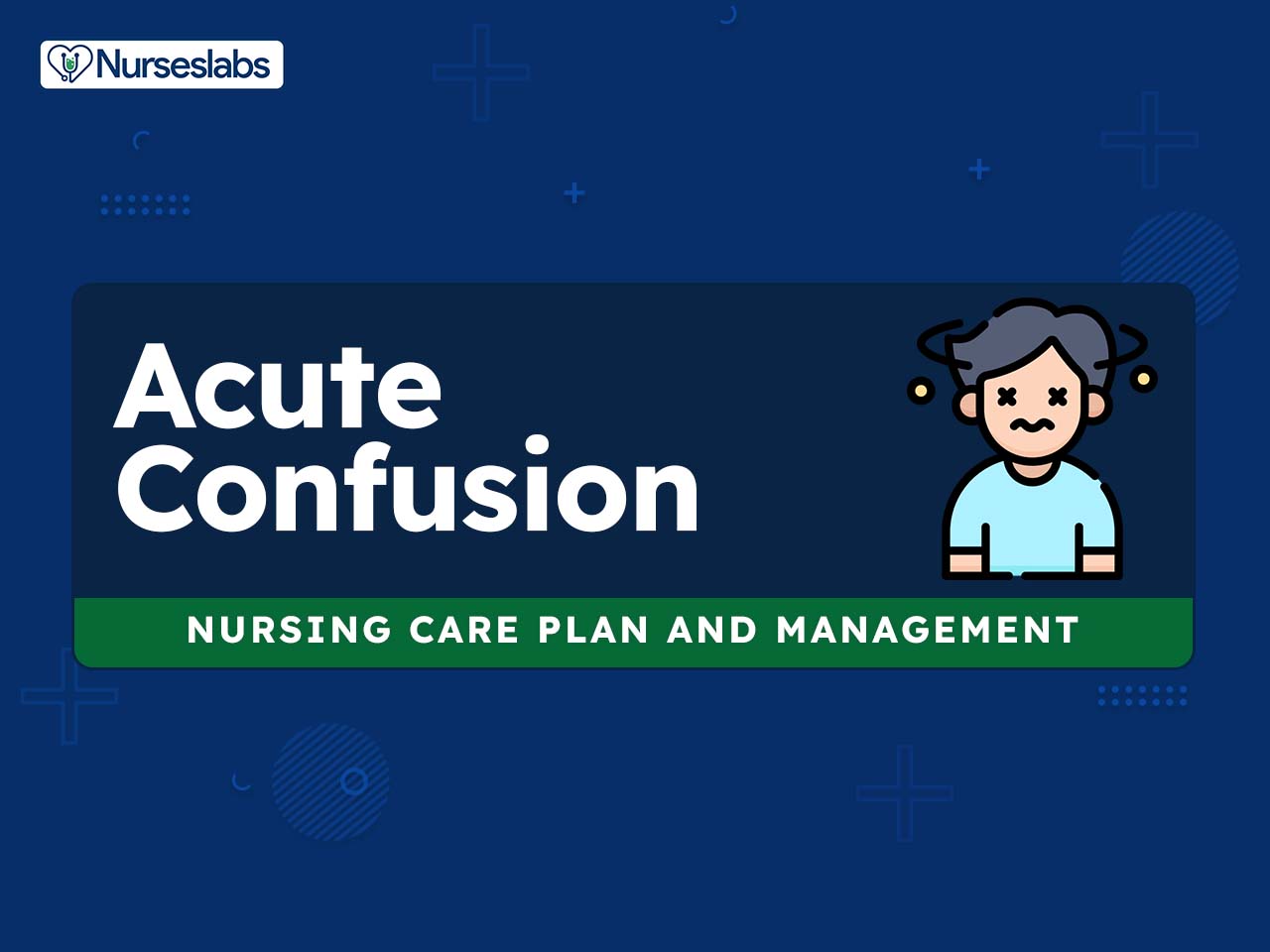


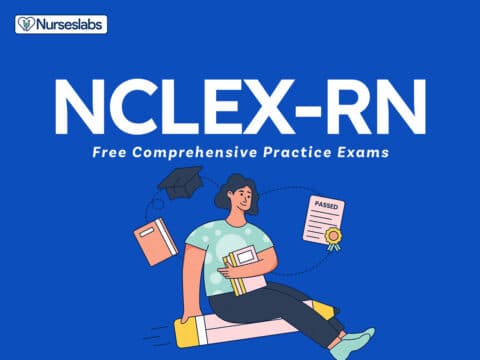

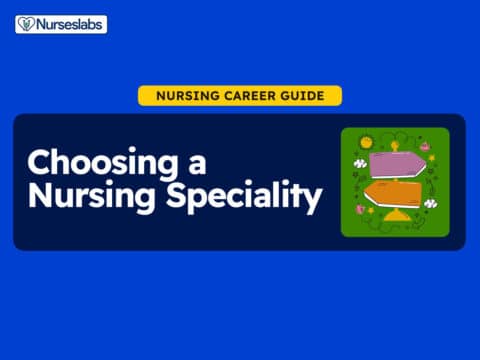









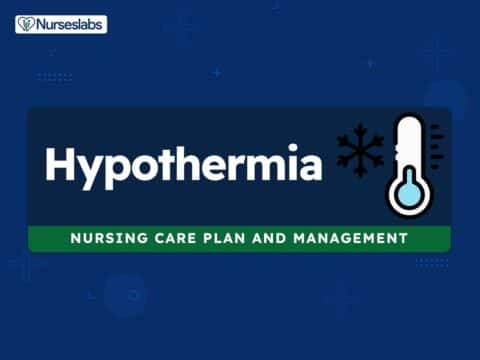
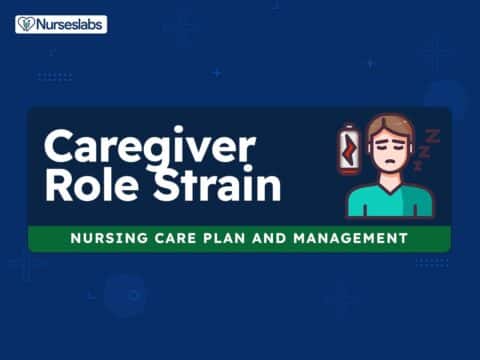
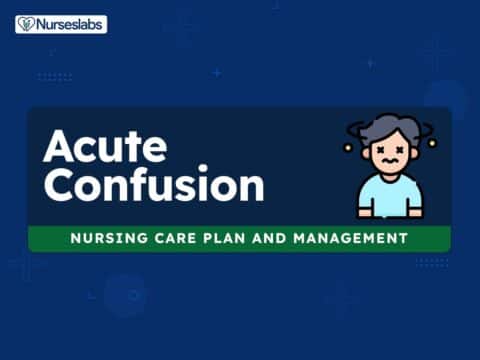
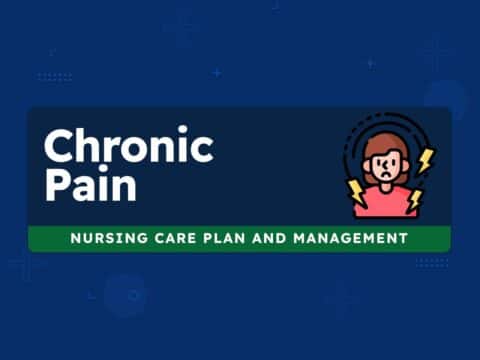

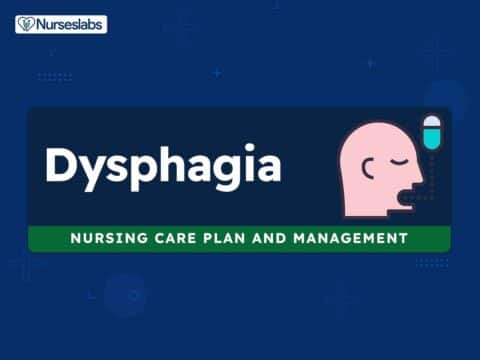

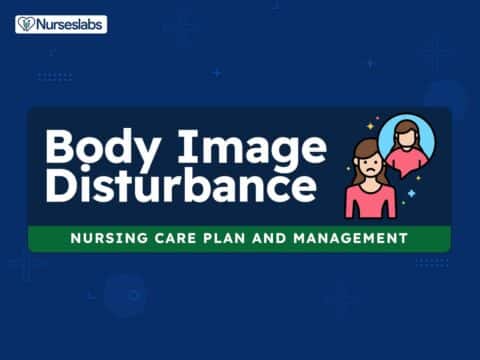
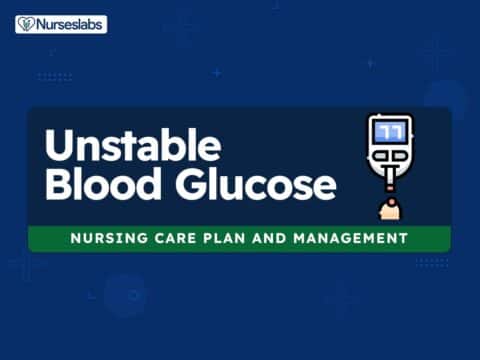
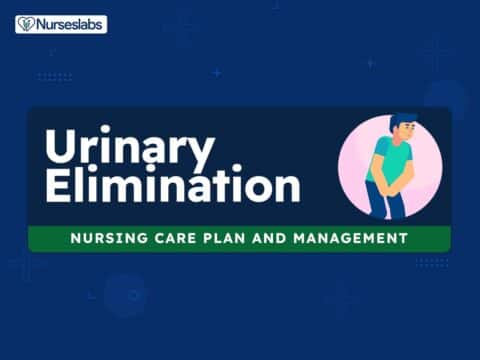



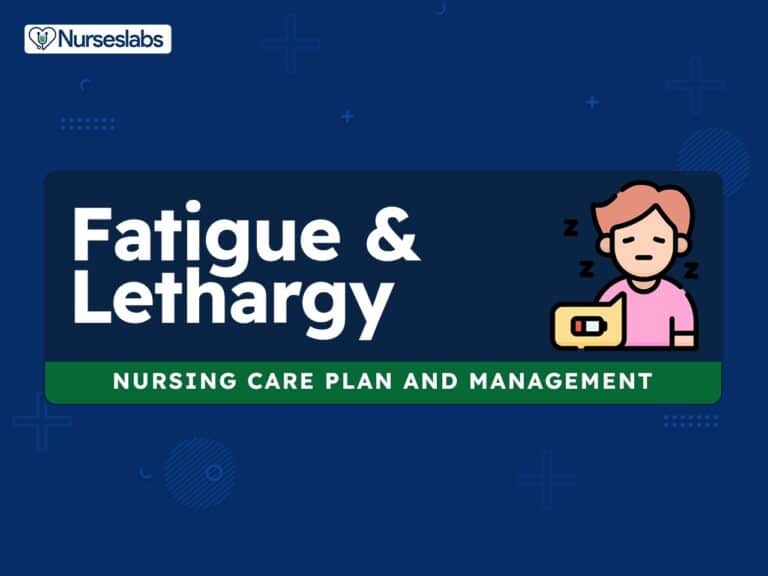


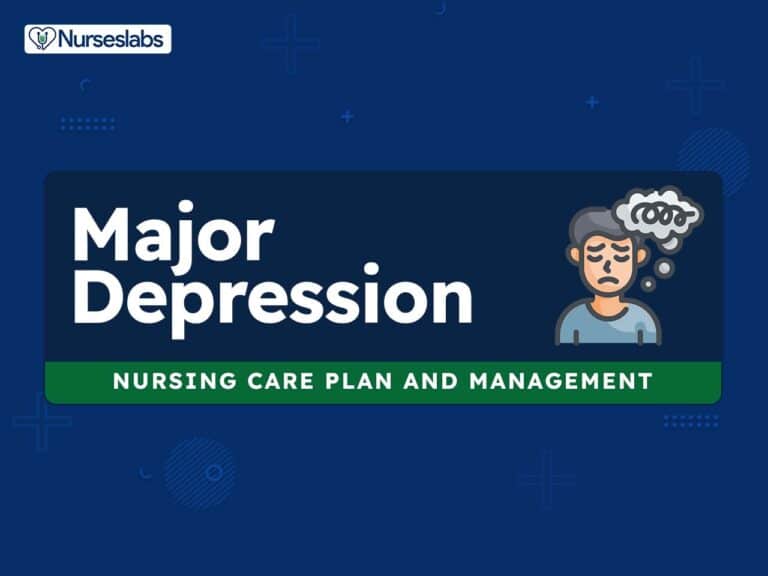
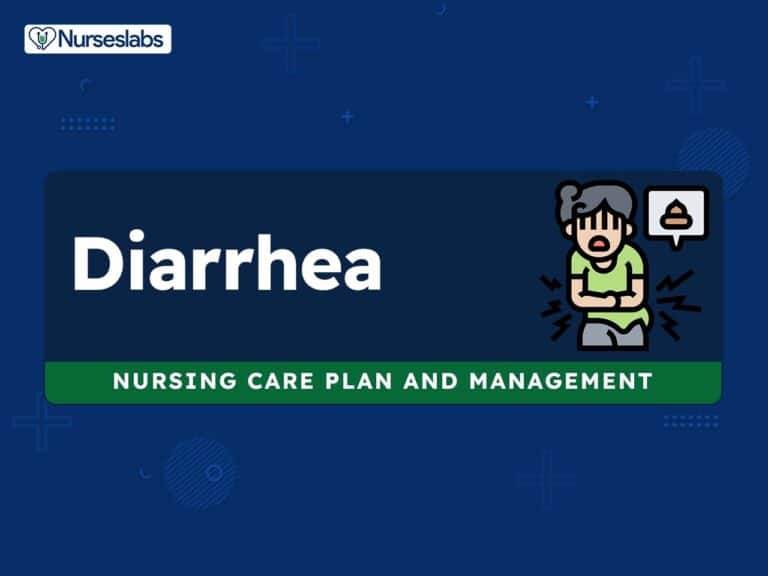
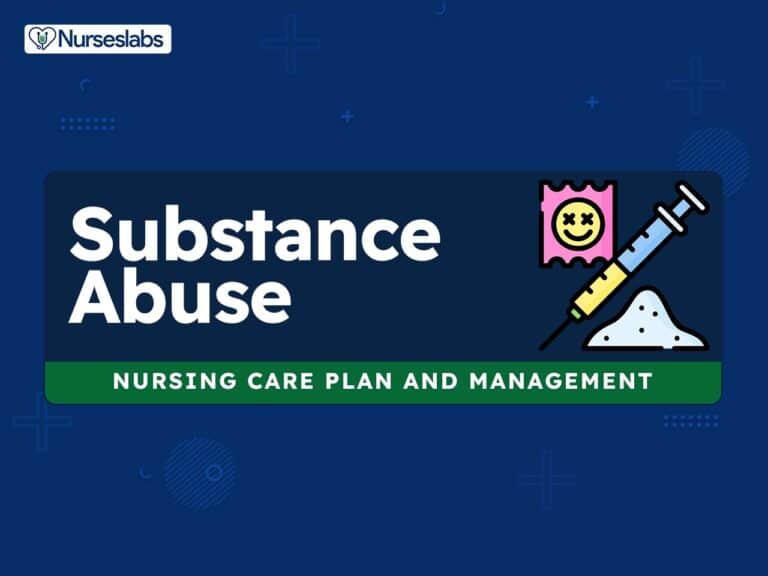
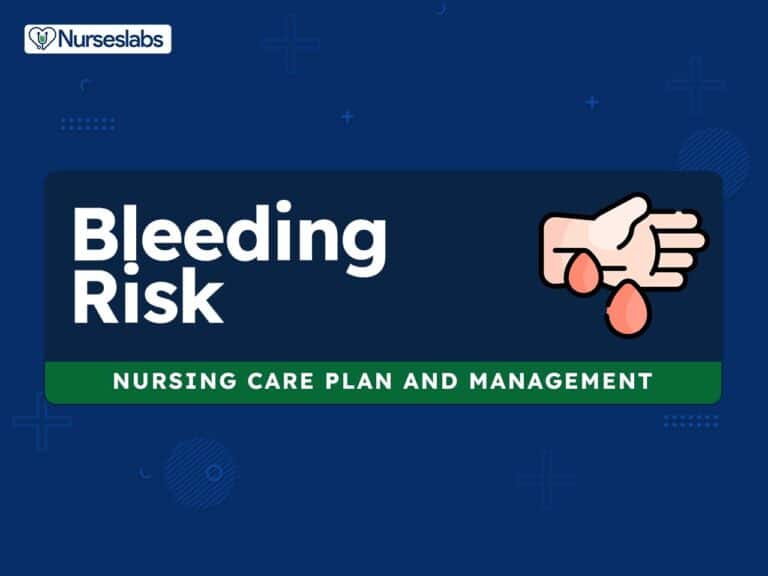


Leave a Comment